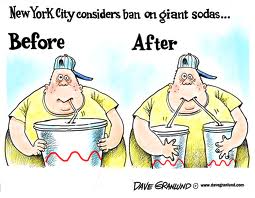Most people believe that stuffed animals are only for children but I completely disagree to be honest. Luckily for me, thanks to 35% of British adults, I’m not alone. Studies show that 35% of adults in Britain still sleep with a teddy bear for the purposes for de-stressing while they sleep! In their efforts to re-unite past customers with their lost teddy bears, a hotel chain, Travelodge, noticed that many of the teddy bears they were returning belonged to adults and not small children! After making this funny observation, they surveyed about 6,000 adults to find out what their reasons were behind still using a stuffed animal. Their findings were also just as funny.
As it turns out, about 25% of the male respondents will take their teddy bears with them while they’re away on business (or vacation like this guy). It’s comforting for them, even reminds them of home and plus, ” …a cuddle helps them to nod off.” Fifty- one percent of British adults still have a teddy bear from their childhood and the study also found that the average teddy bear is 27 years old! One in ten single men admitted to hiding their stuffed animals when their girlfriends come over and about 14% of married men hide theirs when friends and family come over!

Among other pro- adult teddy bear loving responses that responsdents gave, it’s easy to see that in Great Britain at least, adults having teddy bears is quite acceptable! It’s quite refreshing that this study was able to test Britons’ level of tolerance towards adults with teddies. However, to take the study even further, it would have been awesome to see them expand on their statement that people use their bears to de-stress while they sleep. Testing stress levels of adults of varying ages who still sleep with stuffed animals and comparing them to the stress levels of adults of the same age would be an interesting start to finding out if there really is a true benefit to hanging on to your stuffed animal later in your life. Or is it all just imagined and a stuffed animal doesn’t really do much else but provide something soft for us share our bed with? Also, it would be interesting to compare Britons’ level of tolerance towards adults with stuffed animals to that of Americans’! I get the feeling that in America, the number of men who carry their stuffed animals away on vacation or business would be much lower than 25%. How much of a difference can be expected when we compare stuffed animal tolerance across cultures?












